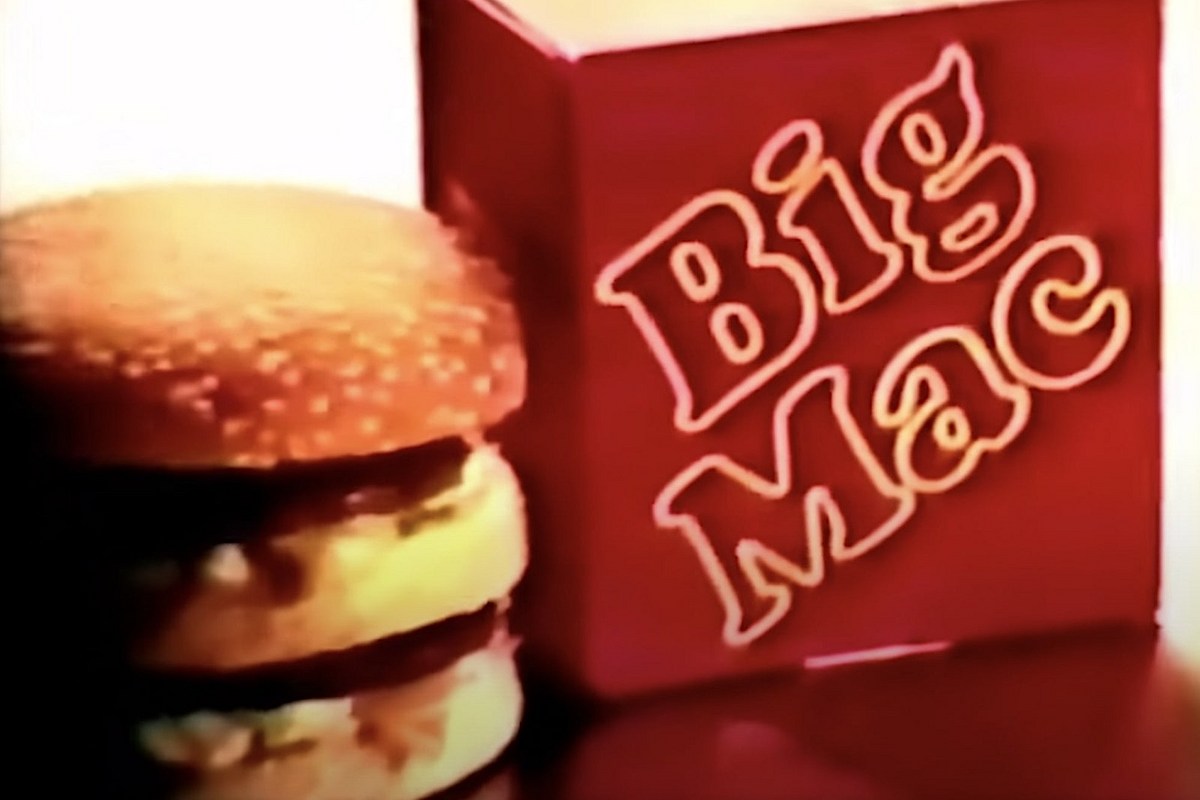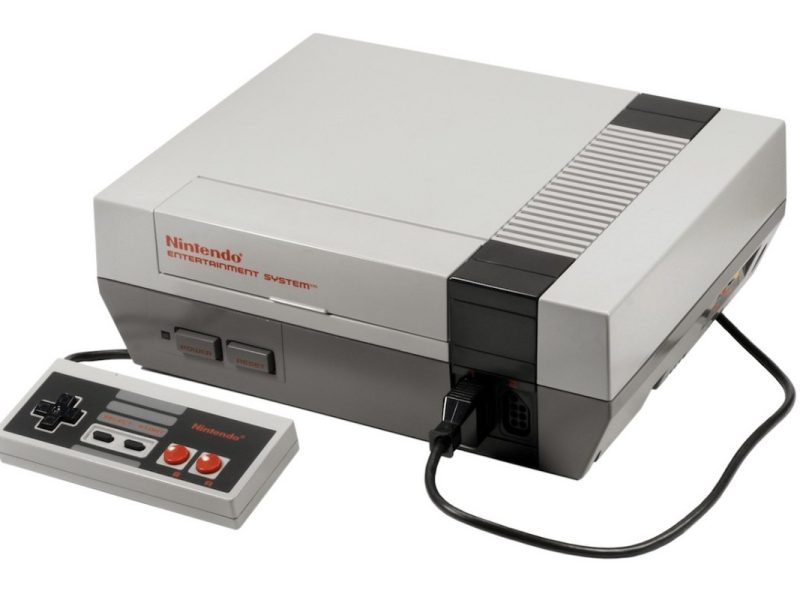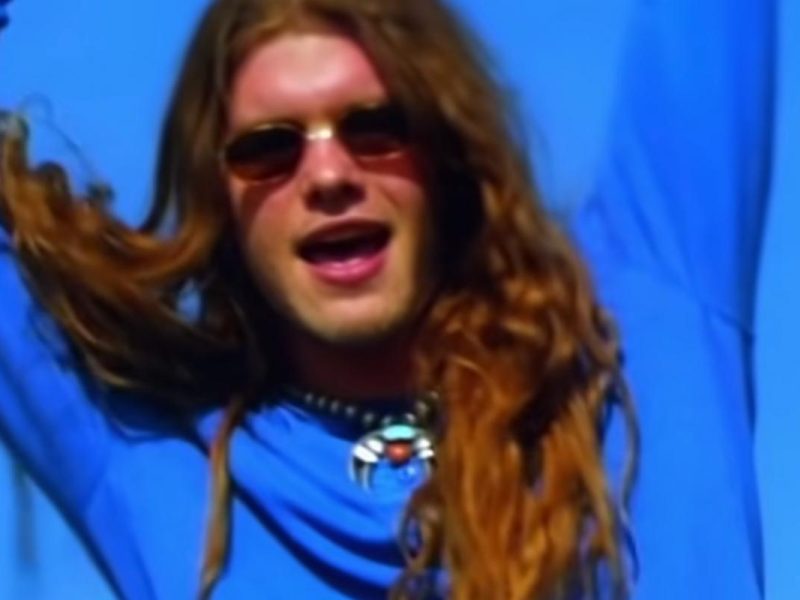The first thing to know about the Big Mac is that the famous McDonald’s double-decker burger is mired in controversies and legends – from its originality, to the origin of its name, right down to when it was born.
It all starts with a pair of brothers named Richard and Maurice McDonald, in California. Their father Patrick opened a food stand called the Airdrome in 1937 just outside of Los Angeles in Monrovia. By 1948, the brothers were running the restaurant, and realized that the vast bulk of their business was hamburgers. So they radically streamlined the operation, cutting down the menu and offering only burgers, chips, drinks, and apple pie.
After coming up with the golden arches design during a rebuild, they started looking to franchise the business in 1953. The following year, a milkshake-machine salesman named Ray Kroc found out about the company – which had six stands at the time – and offered to take them national, assuming most of the risk himself and taking on much of the profits.
The franchises took off like wildfire, and people all over the nation started buying them. This included Jim Delligatti, who bought his first franchise in 1957 outside of Pittsburgh in Uniontown, Penn. Eventually, Delligatti would own 48 McDonald’s franchises, but he had to confront a problem before huge success came.
Watch the Famous 1974 Commercial Introducing the Big Mac Jingle
Delligatti’s restaurants were serving steel workers, and steel workers tend to be really hungry. So they weren’t really satisfied by the smallish burgers coming off the line at Delligatti’s franchise.
He decided to use one of the oldest ploys in the entrepreneurial handbook: Delligatti copied someone else.
The Big Boy’s restaurant chain – a direct competitor – sold a burger called the Big Boy that featured two beef patties separated by a third bun. You’d assume that Delligatti’s variation featured the combination of ingredients that powered the Big Mac’s unforgettable advertising jingle: two all-beef patties, special sauce (which is not, contrary to longtime rumors, simply Thousand Island dressing), lettuce, cheese, pickles and onions, on a sesame seed bun.
Well, not quite. The original newspaper ads heralding the arrival of the burger described it as having: “two freshly ground patties, tangy melted cheese, crisp lettuce, pickle and our own Special Sauce.” It’s unclear when the onions finally arrived, but it was certainly sometime before the jingle was introduced in 1974.
Watch a 1967 Commercial for the Big Mac With No Onions
Once Delligatti had perfected his recipe, he tried to convince the McDonald’s corporate offices to let him sell it at his franchise. They said no, but he kept lobbying them. The execs finally gave in after two years, allowing Delligatti to sell his crazy new double burger, but also to use a specially ordered, double-sliced sesame-seed bun – so there’d be three pieces of it in the sandwich. (Delligatti rightly figured he would need to keep the bigger, sauce-heavy burger from falling apart.)
When he finally got the green light from corporate, Delligatti started selling the new burger in his franchise in April 1967. Just what it would be called is a point of controversy, as well.The legend goes that Delligatti’s first ideas were the Blue Ribbon Burger, and the Aristocrat. Neither of these stuck, however, and so it ended up being called the Big Mac.
The origin of this name was shrouded in legend for years. McDonald’s finally declared in 1985 that it had come from a 21-year-old secretary named Esther Glickstein, who had long lobbied for recognition as the inventor of the name. Rumors that the Delligatti family felt they deserved credit for the name persisted, however, and at one point seems to have almost become a legal matter.
Watch the 50th Anniversary Big Mac Spot From McDonald’s
As if this all isn’t enough, the sandwich’s birthday is also a point of contention. It’s generally agreed that Delligatti sold the first one on April 22, 1967 at his McDonald’s franchise in Pittsburgh. The company didn’t make the Big Mac available nationally, however, until 1968 – and McDonald’s notably celebrated the Big Mac’s 50th anniversary in August 2018.
Through all of this history, one thing is certain: the Big Mac is a cultural icon. Economists have invented a so-called Big Mac Index to measure the comparative value of currencies according to what the sandwich costs in different countries. The Guinness World Records recognizes a man for simply eating them.
As of 2021, Wisconsinite Donald Gorske had consumed 32,340 of them in his lifetime, going only eight days without eating a Big Mac since 1972. When asked by his local paper why he was doing this, Gorske said, simply: “I have no goal. I’ll eat Big Macs until I die.”
Top 100 ’60s Rock Albums
Here’s a chronological look at the 100 best rock albums of the ’60s.



